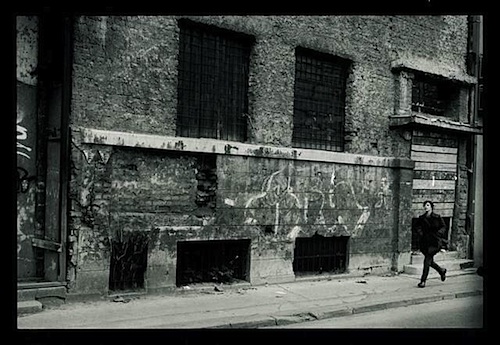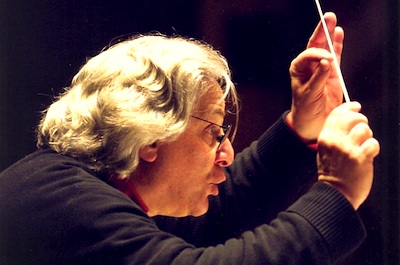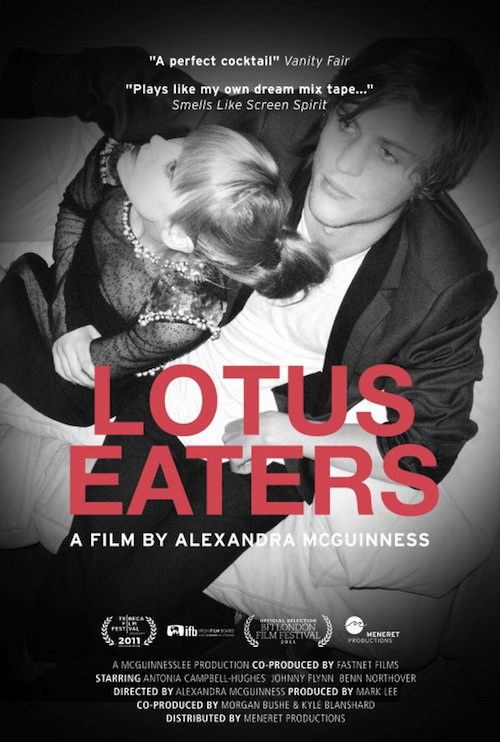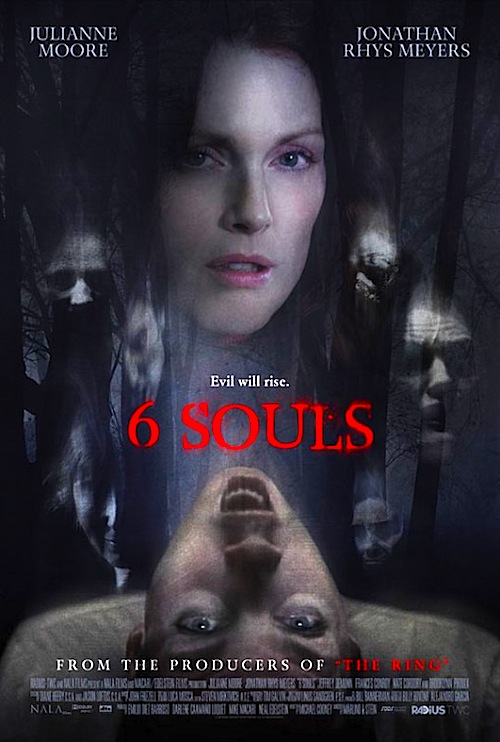By Joe Bendel. In an inspiring example of artistic resiliency, the Sarajevo Symphony Orchestra maintained their public performance schedule throughout the Bosnian War. Of course, getting to and from their concerts was often the most difficult part of the show, particularly for those traveling through “Snipers’ Alley.” The day-to-day life-and-death experience of pedestrians during the Siege of Sarajevo is recreated in Šejla Kamerić’s 1395 Days with Red, which screens this Thursday as part of Disappearing Act V.
Originally conceived in collaboration with Albanian artist Anri Sala, the 1395 Days project resulted in two like-titled films. This is Kamerić’s, which is somewhat longer and features a little art-house star power. Maribel Verdu, the wicked stepmother of Blancanieves, appears as a woman trying to get from point A to point B. She seems to be walking through the peaceful (but still war-scarred) Bosnia of today, but she and those around her act as they did during the Siege. That means they avoid wearing bright colors and run for all their worth at each intersection. Her long walk is accompanied by the Sarajevo Orchestra rehearsing Tchaikovsky’s Symphony No. 6, Pathétique.
Essentially, Kamerić’s 1395 Days (the length of the Siege) is experimental, non-narrative filmmaking, but it represents the most accessible tip of the genre. There is a real point to the film, but it is not didactic or obtuse. Viewers can easily grasp what it has to say about the lingering post-traumatic stress of the Siege as well as the healing power of music. Indeed, the city’s Orchestra and the choice of the stirring but not overplayed Tchaikovsky symphony are quite powerful.

Likewise, Kamerić and cinematographer Patrick Ghiringhelli (ironically shooting with Red digital) create some striking visuals, well capturing the damage that continues to mar Sarajevo. Verdu also gives another silent but potent performance as the woman. We can see her body tense whenever she passes an intimidating looking man on the street, while her eyes speak volumes about the resolve required simply to cross a street during the siege.
However, 1395 might have benefited from a mild injection of narrative, such as establishing where she is coming from. Is it from work? If so, we can double her trek for a full day and then multiple by the 1,395 days, backing out weekends and days the fighting was too intense to leave home, thereby approximating the cumulative terror of the Siege.
1395 demonstrates how much the right music can add to a film. As a result, it is not a bad starter candidate for someone looking to dip a toe into experimental cinema. Nonetheless, 1395 Days without Red is only recommended for those who know they will be receptive to its aesthetic nature. It screens this Thursday (4/11) at Bohemia National Hall on the Upper Eastside. Films also screening during Disappearing Act V enthusiastically recommended for wider audiences specifically include the richly mysterious interconnected German trilogy Dreileben, which will screen the following Thursday (4/18) at the IFC Center, and Wojciech Smarzowski’s gritty and haunting post-war drama Rose (featuring Spies of Warsaw co-star Marcin Dorociński) screening at MoMI the following night (4/19).
LFM GRADE: B-
Posted on April 9th, 2013 at 9:10am.







